



 Tech & IT
Tech & IT
 Business
Business
 Coding & Developer
Coding & Developer
 Finance & Accounting
Finance & Accounting
 Academics
Academics
 Office Applications
Office Applications
 Art & Design
Art & Design
 Marketing
Marketing
 Health & Wellness
Health & Wellness
 Sounds & Music
Sounds & Music
 Lifestyle
Lifestyle
 Photography
Photography
More Learnfly
Business Solution Become an InstructorAjax (Asynchronous JavaScript and XML): Web development technique for creating dynamic and responsive user interfaces. It allows data to be exchanged with the server asynchronously, enabling seamless updates without requiring a full page reload.












Learn more topics in various categories at one place. Explore unlimited courses in other categories and up-skill yourself today.

 Jazeb Akram
Jazeb Akram 4.2 771160 Beginner Level

 John Hedengren
John Hedengren 4.1 569064 All Level

 Ranjan Pandey
Ranjan Pandey 4.1 346732 All Level

 Muhammad Ahsan Pervaiz
Muhammad Ahsan Pervaiz 4.2 101338 All Level

 Pieter Vliegenthart
Pieter Vliegenthart 4.6 100918 All Level

 Jerome P.
Jerome P. 4.8 100882 All Level

 Senol Atac
Senol Atac 4.9 100093 All Level

 Vikas Munjal
Vikas Munjal 4.8 100066 Beginner Level

 Avinash A
Avinash A 4.8 100016 All Level
.png)
 Neamatullah Ekhteyari
Neamatullah Ekhteyari79 Lectures Beginner Level

 Dr. Mohammed Nauman
Dr. Mohammed Nauman20 Lectures Beginner Level

 Prerak Mehta
Prerak Mehta35 Lectures Beginner Level
.png)
 Omolu Osivue Christopher
Omolu Osivue Christopher43 Lectures Beginner Level

 Awoke Zemenu Getahun
Awoke Zemenu Getahun10 Lectures Beginner Level

 Thilak Sundaram
Thilak Sundaram10 Lectures Beginner Level
 Aniket Panchal
Aniket Panchal32 Lectures Beginner Level

 Parika Pandey
Parika Pandey17 Lectures Beginner Level
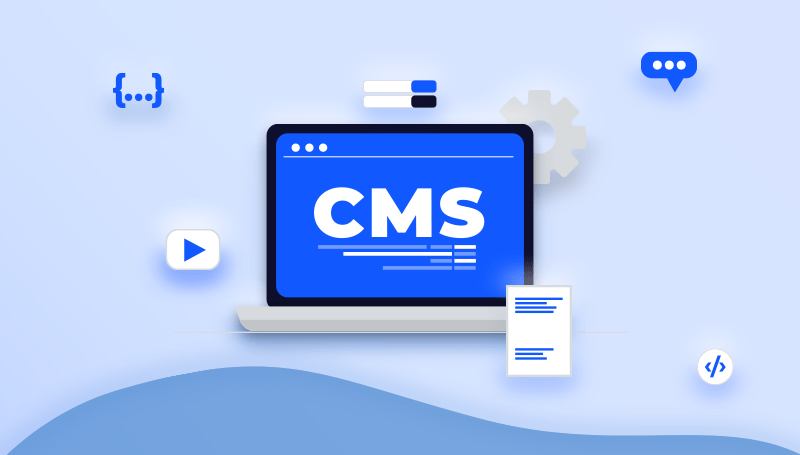
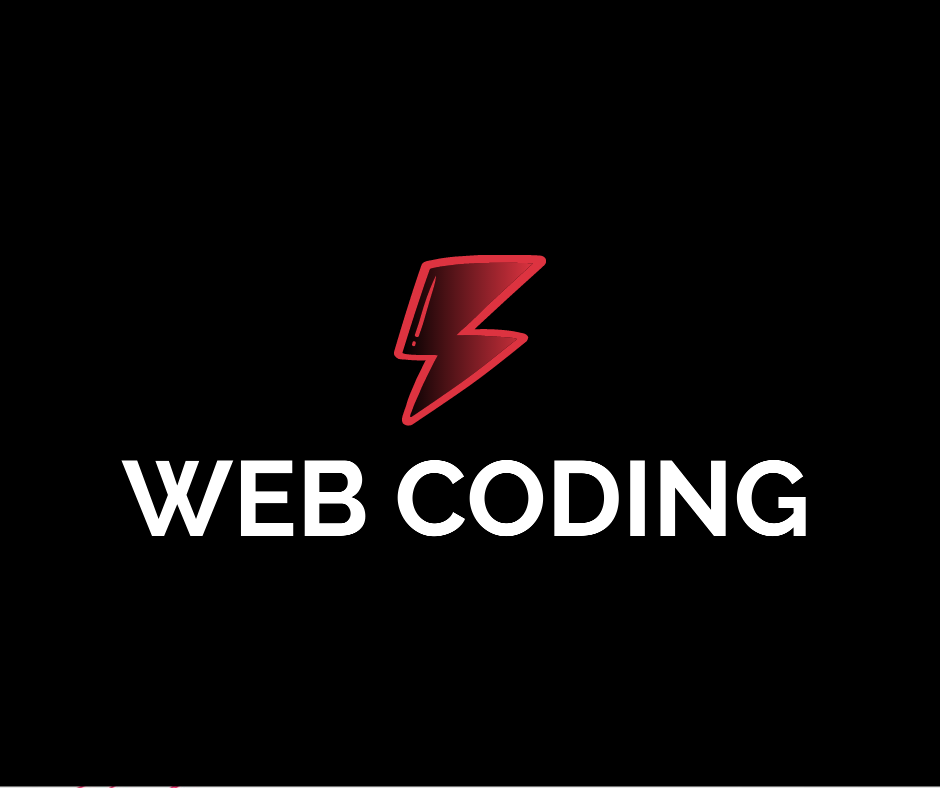 Web Coding
Web Coding52 Lectures Beginner Level

 Web Coding
Web Coding53 Lectures Beginner Level

 Web Coding
Web Coding38 Lectures Beginner Level
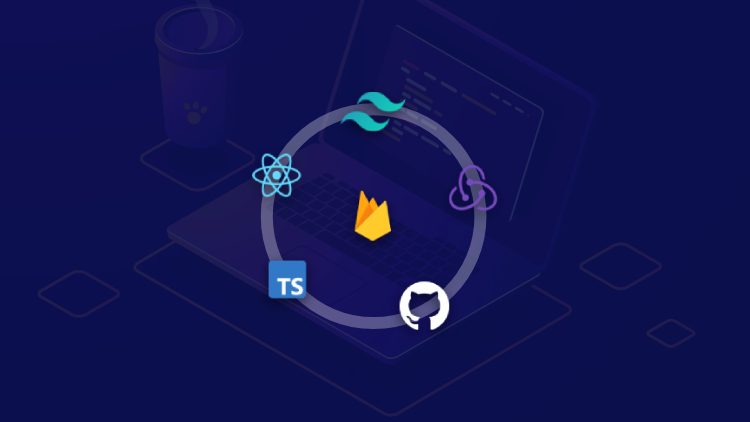
 Desmond Oben .A
Desmond Oben .A78 Lectures Beginner Level

 Web Coding
Web Coding49 Lectures Beginner Level
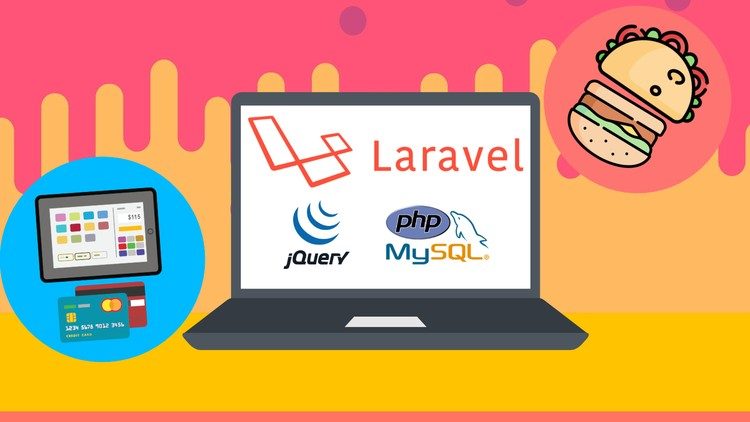
 Web Coding
Web Coding48 Lectures Beginner Level

 Web Coding
Web Coding51 Lectures Beginner Level

 Thilak Sundaram
Thilak Sundaram12 Lectures Beginner Level

 Thilak Sundaram
Thilak Sundaram8 Lectures Beginner Level
.jpg)
 Thilak Sundaram
Thilak Sundaram13 Lectures Beginner Level

 Thilak Sundaram
Thilak Sundaram12 Lectures Beginner Level

 Thilak Sundaram
Thilak Sundaram6 Lectures Beginner Level
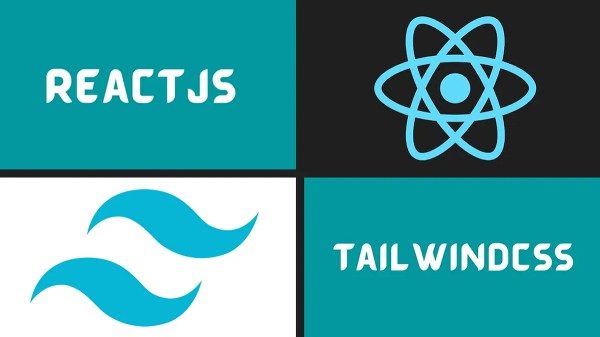
 Thilak Sundaram
Thilak Sundaram12 Lectures Beginner Level

 Vijay Kumar
Vijay Kumar41 Lectures Beginner Level

 Vijay Kumar
Vijay Kumar28 Lectures Beginner Level

 Vijay Kumar
Vijay Kumar20 Lectures Beginner Level

 Vijay Kumar
Vijay Kumar109 Lectures Beginner Level
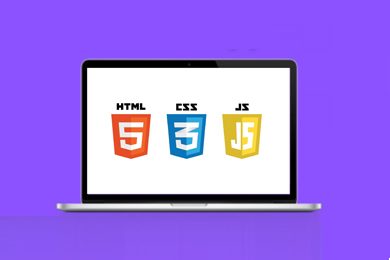
 Vijay Kumar
Vijay Kumar43 Lectures Beginner Level

 Temotec Learning Academy
Temotec Learning Academy28 Lectures Beginner Level
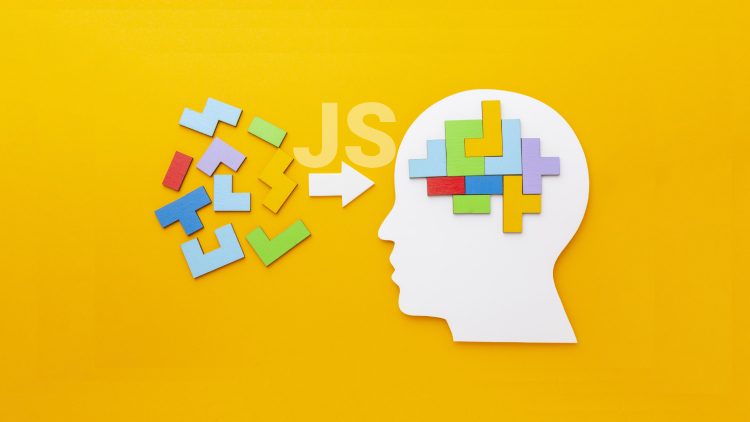
 Desmond Oben .A
Desmond Oben .A48 Lectures Beginner Level

 Desmond Oben .A
Desmond Oben .A23 Lectures Beginner Level
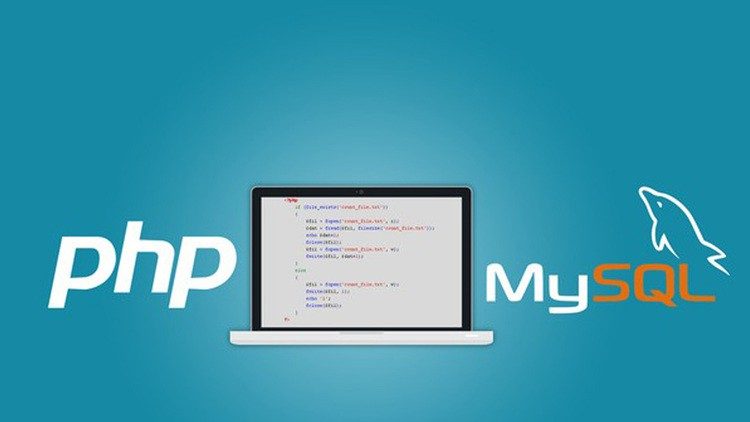
 Web Coding
Web Coding46 Lectures Beginner Level

 Web Coding
Web Coding52 Lectures Beginner Level
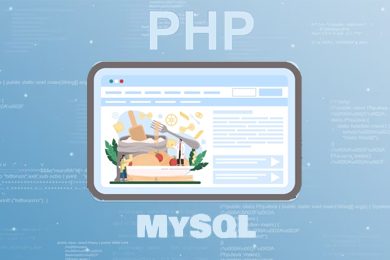
 Web Coding
Web Coding57 Lectures Beginner Level
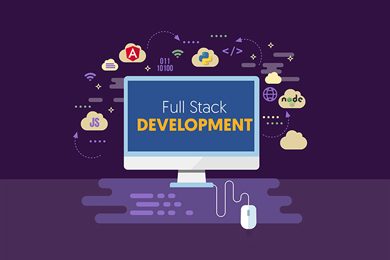
 Sekhar Metla (Microsoft Certified Professional) Sudha
Sekhar Metla (Microsoft Certified Professional) Sudha205 Lectures Beginner Level

 Edson Camacho
Edson Camacho15 Lectures Beginner Level

 Sekhar Metla (Microsoft Certified Professional) Sudha
Sekhar Metla (Microsoft Certified Professional) Sudha51 Lectures Beginner Level

 Temotec Learning Academy
Temotec Learning Academy30 Lectures Beginner Level
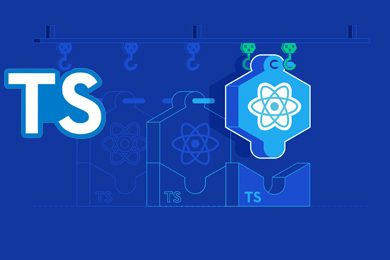
 Desmond Oben .A
Desmond Oben .A21 Lectures Beginner Level
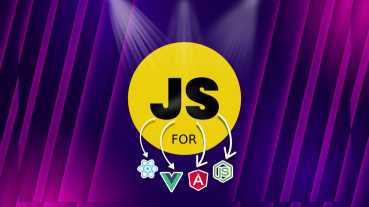
 Desmond Oben .A
Desmond Oben .A45 Lectures Beginner Level

 Fahad Ali Jamali
Fahad Ali Jamali5 Lectures Beginner Level
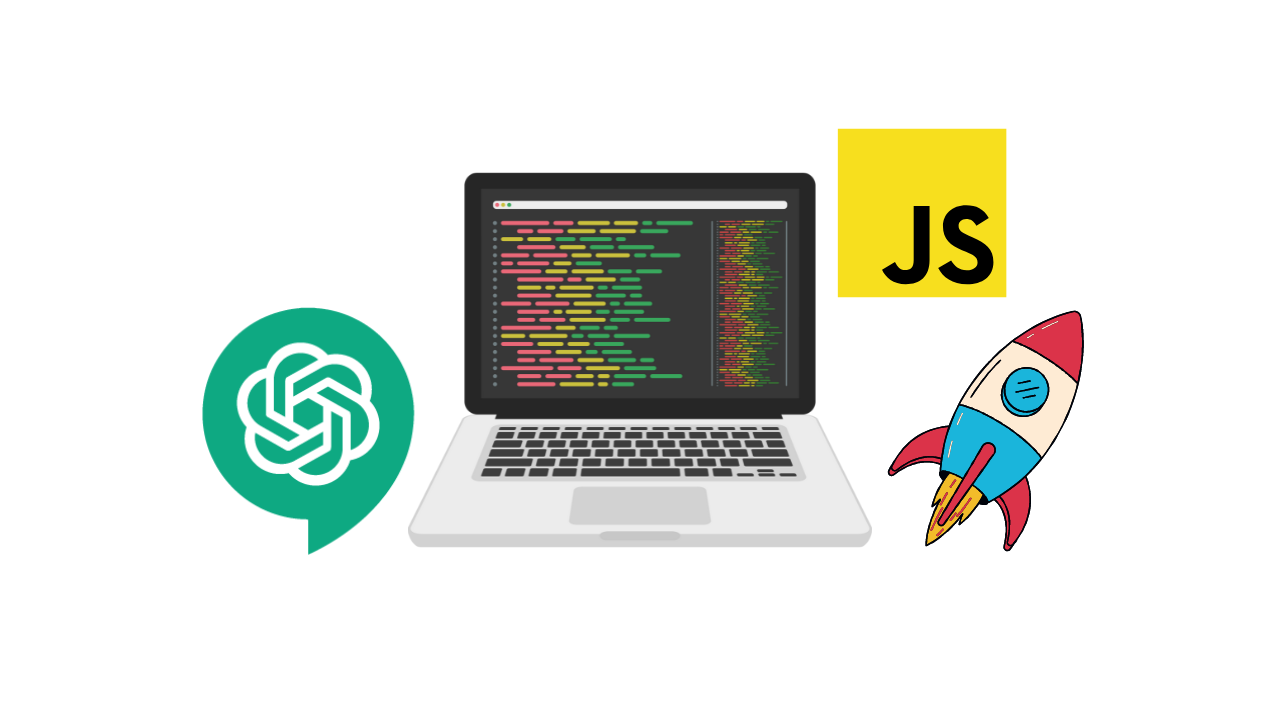
 Sekhar Metla (Microsoft Certified Professional) Sudha
Sekhar Metla (Microsoft Certified Professional) Sudha58 Lectures Beginner Level
.jpg)
 Nseabasi Udondian
Nseabasi Udondian47 Lectures Beginner Level
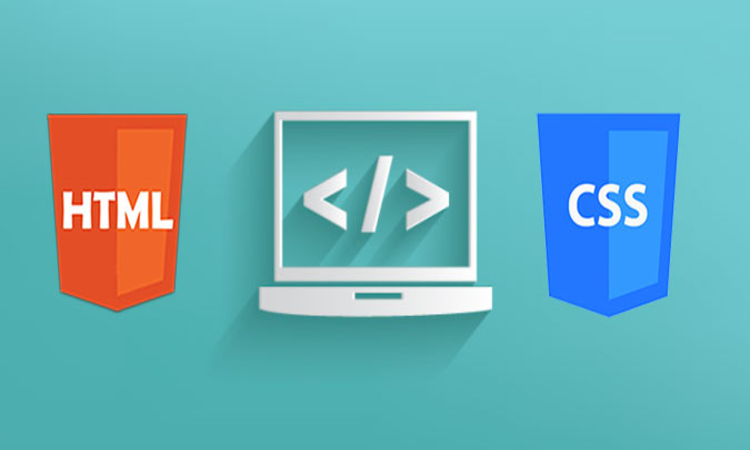
 Web Coding
Web Coding71 Lectures Beginner Level

 Web Coding
Web Coding30 Lectures Beginner Level
.jpg)
 Anthony Isaac
Anthony Isaac13 Lectures Beginner Level

 Web Coding
Web Coding20 Lectures Beginner Level
.jpg)
 Web Coding
Web Coding46 Lectures Beginner Level

 Kevin Makumbe
Kevin Makumbe98 Lectures Beginner Level

 Web Coding
Web Coding58 Lectures Beginner Level
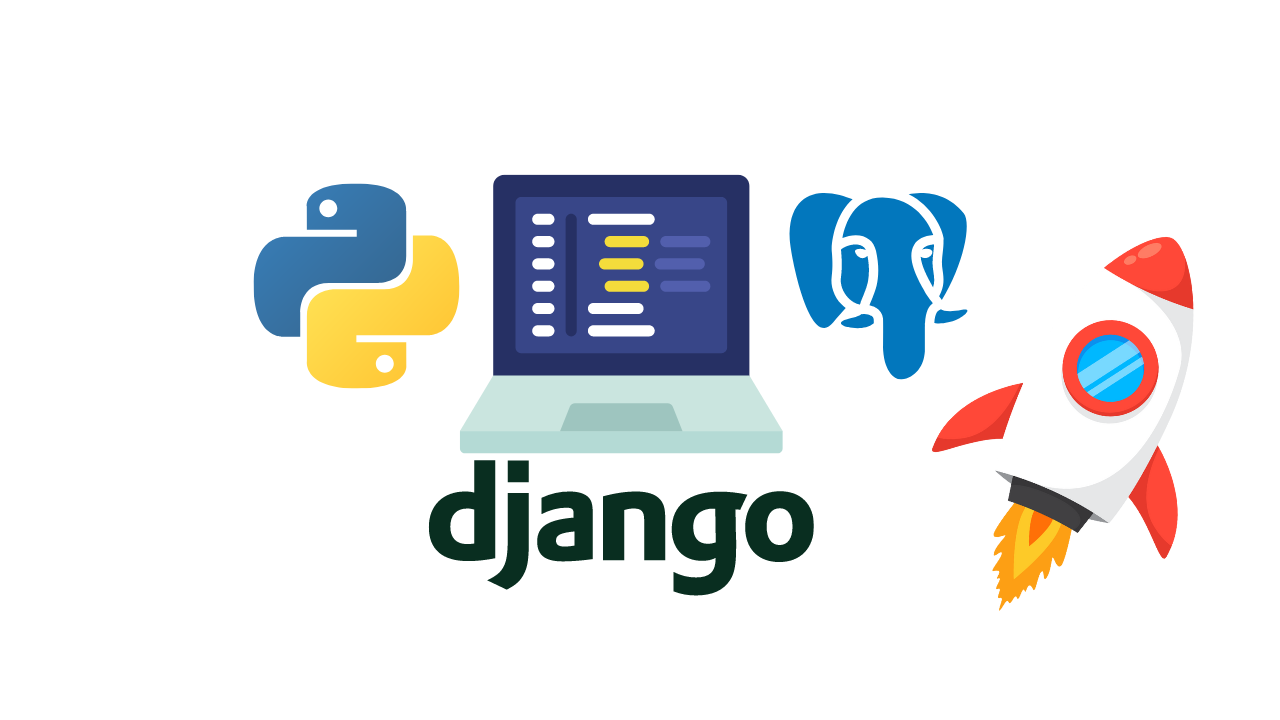
 Sekhar Metla (Microsoft Certified Professional) Sudha
Sekhar Metla (Microsoft Certified Professional) Sudha53 Lectures Beginner Level

 Faisal Zamir
Faisal Zamir63 Lectures Beginner Level

 Amir Kamizi
Amir Kamizi61 Lectures Beginner Level

 Rakesh Kumar
Rakesh Kumar55 Lectures Beginner Level
.jpg)
 Rakesh Kumar
Rakesh Kumar59 Lectures Beginner Level
.jpg)
 Rakesh Kumar
Rakesh Kumar151 Lectures Beginner Level

 Rakesh Kumar
Rakesh Kumar68 Lectures Beginner Level
.jpg)
 LinCademy Training
LinCademy Training31 Lectures Beginner Level

 Arbaz Khan
Arbaz Khan14 Lectures Beginner Level

 Muhammad Ismail
Muhammad Ismail20 Lectures Beginner Level
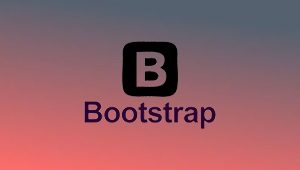
 Muhammad Ismail
Muhammad Ismail14 Lectures Beginner Level

 Ali Bouali
Ali Bouali25 Lectures Beginner Level

 Faraz Abbas
Faraz Abbas11 Lectures Beginner Level

 Faraz Abbas
Faraz Abbas20 Lectures Beginner Level

 Faraz Abbas
Faraz Abbas61 Lectures Beginner Level
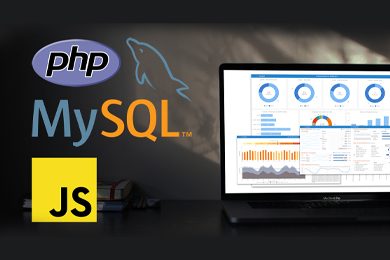
 Faraz Abbas
Faraz Abbas27 Lectures Beginner Level
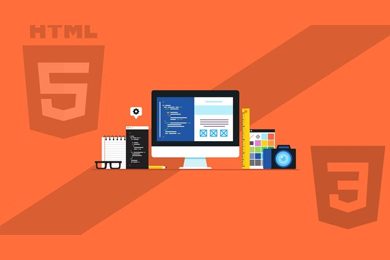
 Robert Nana Sarpong
Robert Nana Sarpong56 Lectures Beginner Level

 Muhammad Ismail
Muhammad Ismail36 Lectures Beginner Level
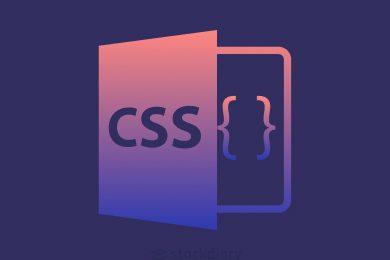
 Muhammad Ismail
Muhammad Ismail11 Lectures Beginner Level

 Robert Nana Sarpong
Robert Nana Sarpong43 Lectures Beginner Level
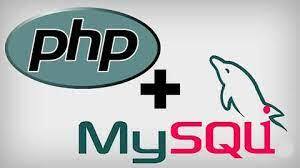
 Faisal Zamir
Faisal Zamir43 Lectures Beginner Level
.jpg)
 Faisal Zamir
Faisal Zamir77 Lectures Beginner Level
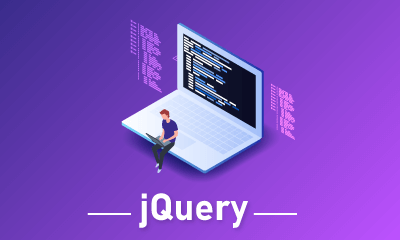
 Faisal Zamir
Faisal Zamir31 Lectures Beginner Level
.jpg)
 Faisal Zamir
Faisal Zamir45 Lectures Beginner Level

 Thilak Sundaram
Thilak Sundaram60 Lectures Beginner Level
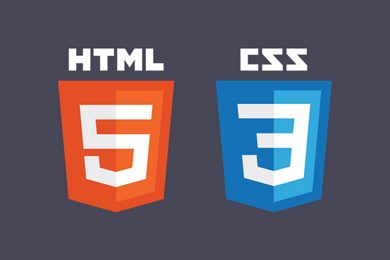
 Mohamed Hafis
Mohamed Hafis7 Lectures Beginner Level
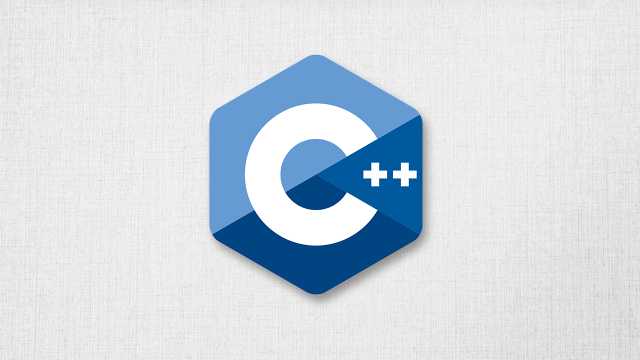
 Sekhar Metla (Microsoft Certified Professional) Sudha
Sekhar Metla (Microsoft Certified Professional) Sudha69 Lectures Beginner Level

 Edwin Bomela
Edwin Bomela14 Lectures Beginner Level

 Edwin Bomela
Edwin Bomela20 Lectures Beginner Level
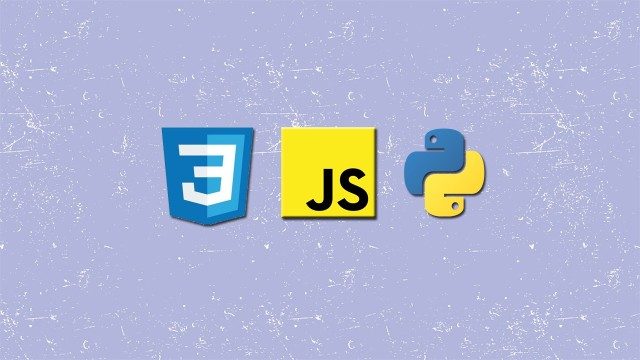
 Sekhar Metla (Microsoft Certified Professional) Sudha
Sekhar Metla (Microsoft Certified Professional) Sudha175 Lectures Beginner Level
.jpg)
 Ajay Sharma
Ajay Sharma14 Lectures Beginner Level

 Sekhar Metla (Microsoft Certified Professional) Sudha
Sekhar Metla (Microsoft Certified Professional) Sudha162 Lectures Beginner Level
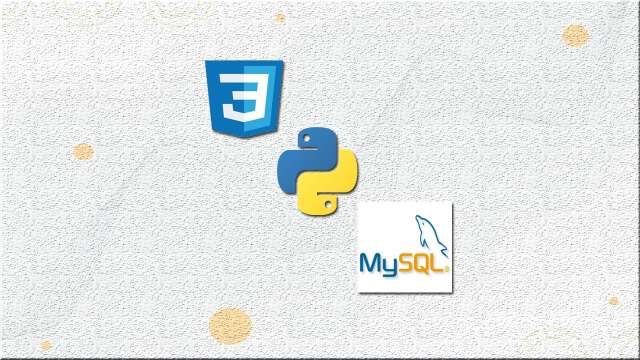
 Sekhar Metla (Microsoft Certified Professional) Sudha
Sekhar Metla (Microsoft Certified Professional) Sudha197 Lectures Beginner Level
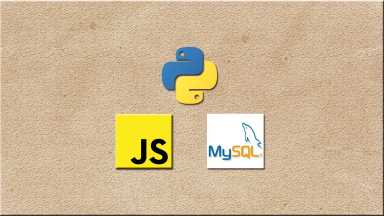
 Sekhar Metla (Microsoft Certified Professional) Sudha
Sekhar Metla (Microsoft Certified Professional) Sudha182 Lectures Beginner Level

 Sahand Ghavidel
Sahand Ghavidel29 Lectures Beginner Level

 Parwiz Forogh
Parwiz Forogh18 Lectures Beginner Level

 Parwiz Forogh
Parwiz Forogh9 Lectures Beginner Level

 Parwiz Forogh
Parwiz Forogh17 Lectures Beginner Level

 Parwiz Forogh
Parwiz Forogh34 Lectures Beginner Level
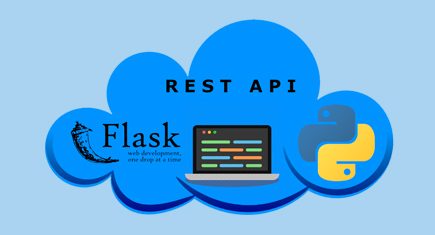
 Parwiz Forogh
Parwiz Forogh20 Lectures Beginner Level

 Sekhar Metla (Microsoft Certified Professional) Sudha
Sekhar Metla (Microsoft Certified Professional) Sudha179 Lectures Beginner Level

 Sekhar Metla (Microsoft Certified Professional) Sudha
Sekhar Metla (Microsoft Certified Professional) Sudha206 Lectures Beginner Level

 Uchechukwu Amaefule
Uchechukwu Amaefule 18 Lectures Beginner Level
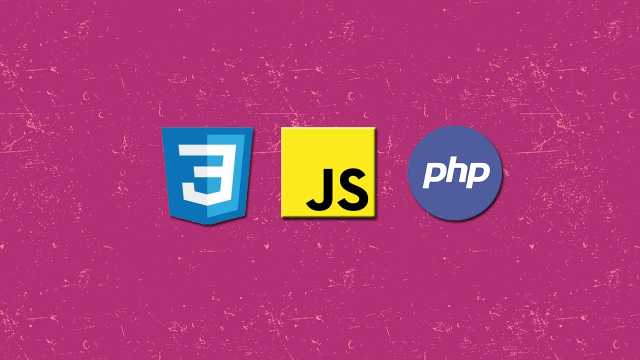
 Sekhar Metla (Microsoft Certified Professional) Sudha
Sekhar Metla (Microsoft Certified Professional) Sudha156 Lectures Beginner Level

 Sekhar Metla (Microsoft Certified Professional) Sudha
Sekhar Metla (Microsoft Certified Professional) Sudha198 Lectures Beginner Level
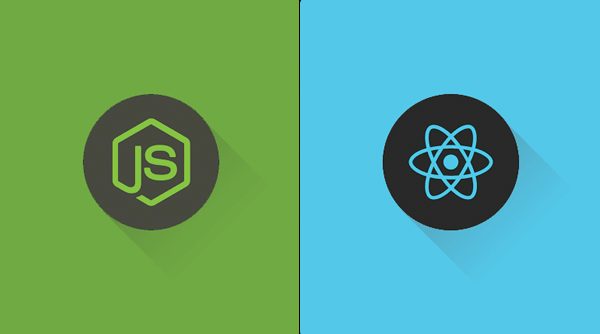
 Gopi P
Gopi P 21 Lectures Beginner Level
.jpg)
 Sekhar Metla (Microsoft Certified Professional) Sudha
Sekhar Metla (Microsoft Certified Professional) Sudha138 Lectures Beginner Level

 Sekhar Metla (Microsoft Certified Professional) Sudha
Sekhar Metla (Microsoft Certified Professional) Sudha142 Lectures Beginner Level
.jpg)
 Sekhar Metla (Microsoft Certified Professional) Sudha
Sekhar Metla (Microsoft Certified Professional) Sudha132 Lectures Beginner Level

 Sekhar Metla (Microsoft Certified Professional) Sudha
Sekhar Metla (Microsoft Certified Professional) Sudha69 Lectures Beginner Level

 Sekhar Metla (Microsoft Certified Professional) Sudha
Sekhar Metla (Microsoft Certified Professional) Sudha149 Lectures Beginner Level
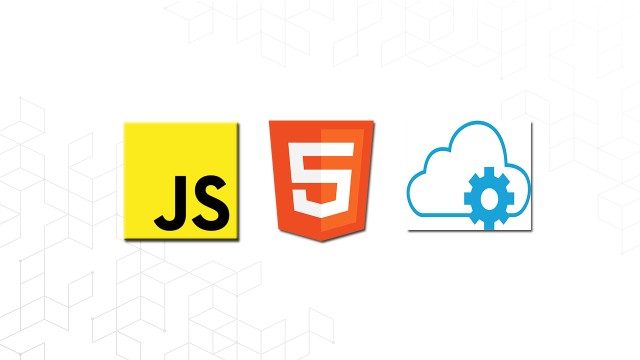
 Sekhar Metla (Microsoft Certified Professional) Sudha
Sekhar Metla (Microsoft Certified Professional) Sudha106 Lectures Beginner Level
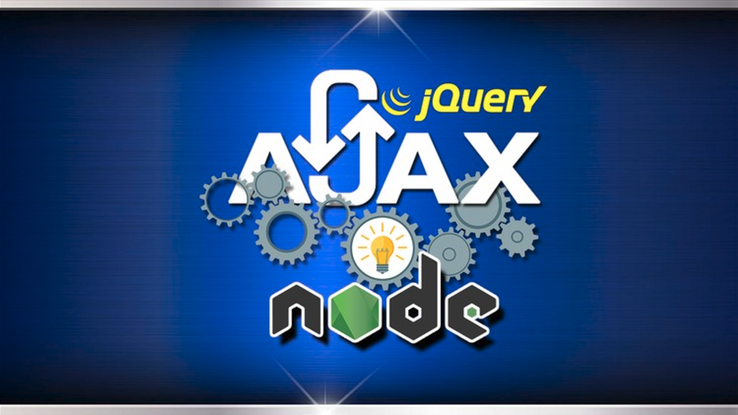
 Christian Hur
Christian Hur33 Lectures Beginner Level

 Sekhar Metla (Microsoft Certified Professional) Sudha
Sekhar Metla (Microsoft Certified Professional) Sudha55 Lectures Beginner Level

 Michael Kibenko
Michael Kibenko89 Lectures Beginner Level
.jpg)
 Alexander Javad
Alexander Javad 22 Lectures Beginner Level

 Sekhar Metla (Microsoft Certified Professional) Sudha
Sekhar Metla (Microsoft Certified Professional) Sudha123 Lectures Beginner Level
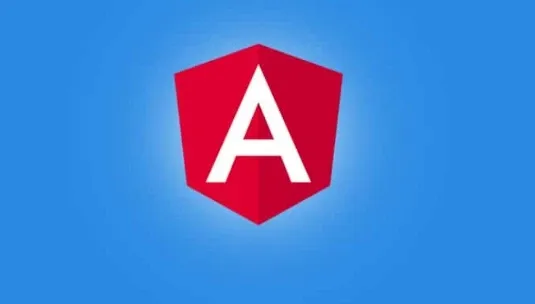
 Munesh Sharma
Munesh Sharma43 Lectures Beginner Level
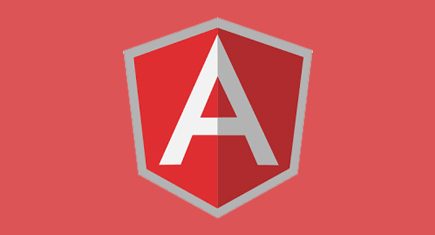
 Pawan Kumawat
Pawan Kumawat30 Lectures Beginner Level

 Prabin Baniya
Prabin Baniya26 Lectures Beginner Level

 Sekhar Metla (Microsoft Certified Professional) Sudha
Sekhar Metla (Microsoft Certified Professional) Sudha198 Lectures Beginner Level
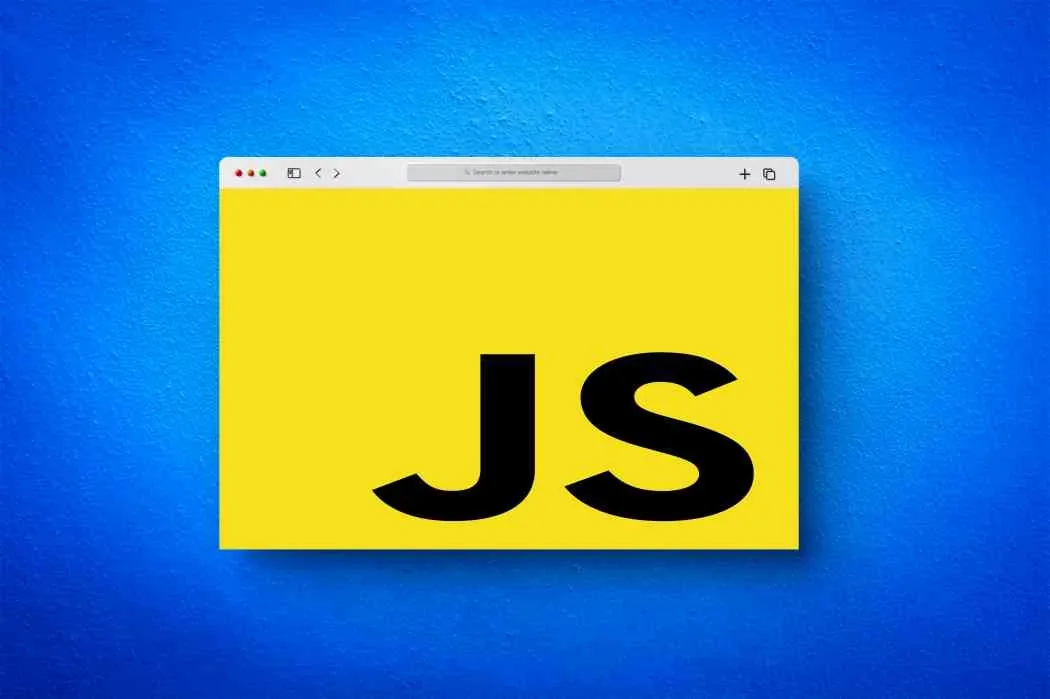
 Sekhar Metla (Microsoft Certified Professional) Sudha
Sekhar Metla (Microsoft Certified Professional) Sudha77 Lectures Beginner Level
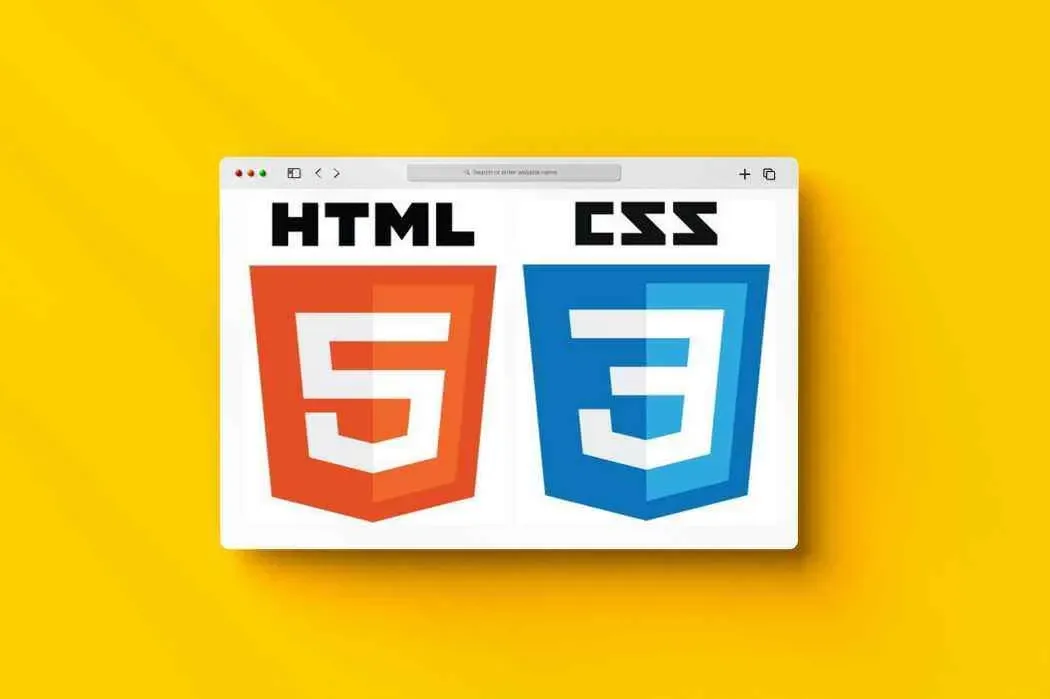
 Sekhar Metla (Microsoft Certified Professional) Sudha
Sekhar Metla (Microsoft Certified Professional) Sudha129 Lectures Beginner Level
.jpg)
 Sekhar Metla (Microsoft Certified Professional) Sudha
Sekhar Metla (Microsoft Certified Professional) Sudha68 Lectures Beginner Level

 Faisal Zamir
Faisal Zamir45 Lectures Beginner Level
.jpg)
 Faisal Zamir
Faisal Zamir71 Lectures Beginner Level
.jpg)
 Narendra Dwivedi
Narendra Dwivedi 18 Lectures Beginner Level
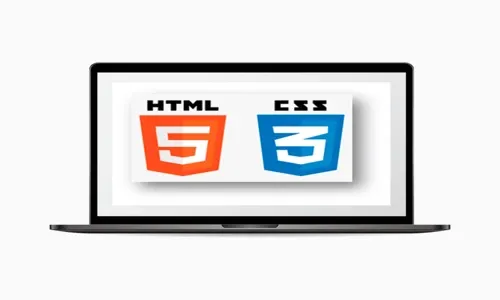
 Sekhar Metla (Microsoft Certified Professional) Sudha
Sekhar Metla (Microsoft Certified Professional) Sudha46 Lectures Beginner Level

 Ranjan Pandey
Ranjan Pandey44 Lectures Beginner Level
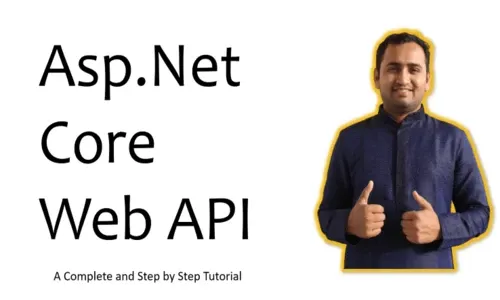
 Nitish Kaushik
Nitish Kaushik106 Lectures Beginner Level

 Ranjan Pandey
Ranjan Pandey46 Lectures Beginner Level

 Ravi Kumar Singh
Ravi Kumar Singh45 Lectures Beginner Level

 Arbaz Khan
Arbaz Khan7 Lectures Beginner Level

 Olawuyi Segun Orisunola
Olawuyi Segun Orisunola17 Lectures Beginner Level

 Ranjan Pandey
Ranjan Pandey26 Lectures Beginner Level
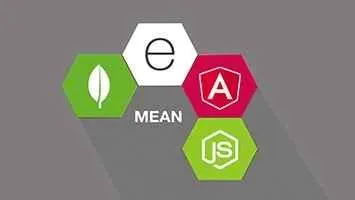
 Ranjan Pandey
Ranjan Pandey37 Lectures Beginner Level

 Gautham Vijayan
Gautham Vijayan28 Lectures Beginner Level
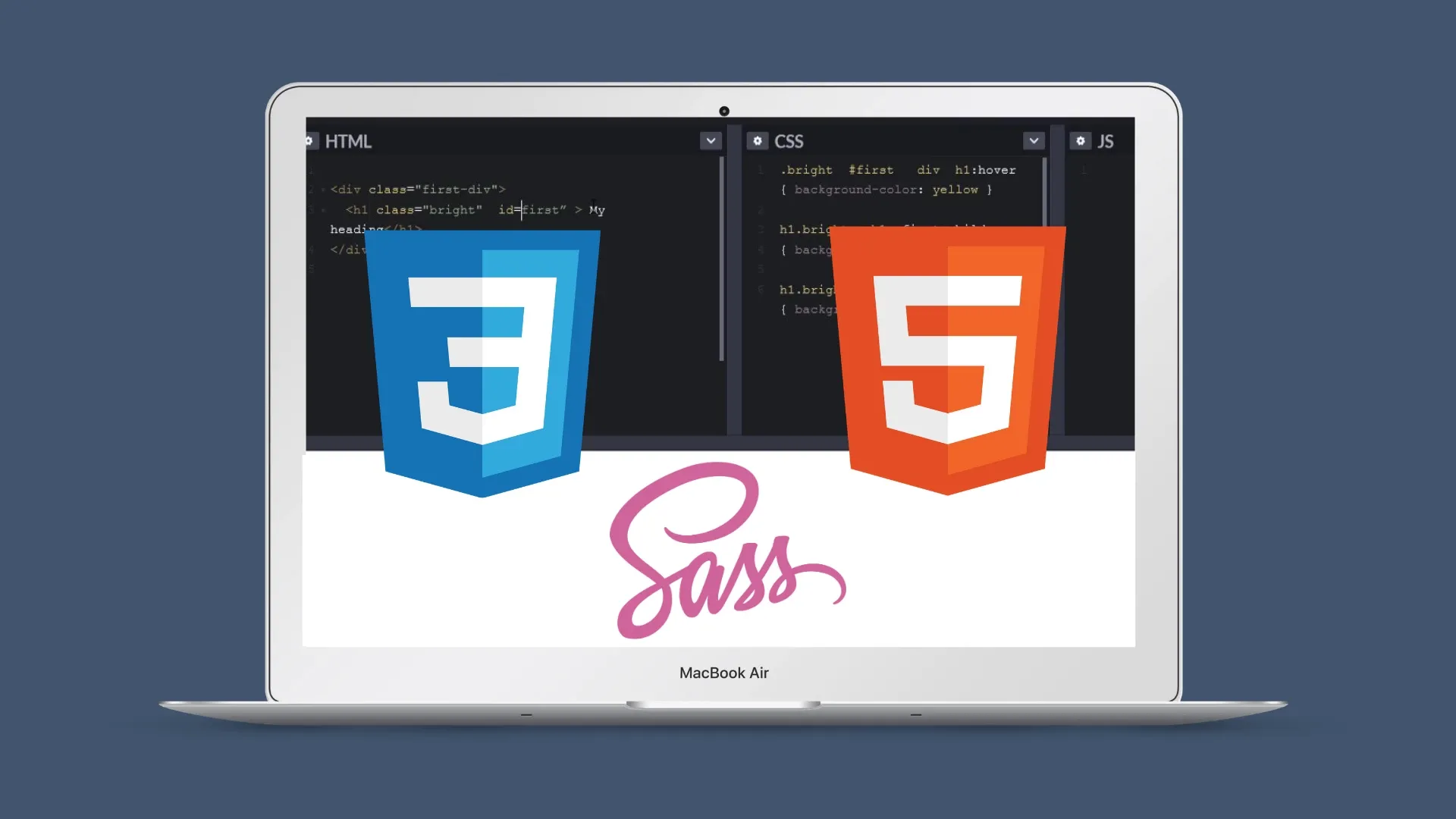
 Juan Galvan
Juan Galvan125 Lectures Beginner Level
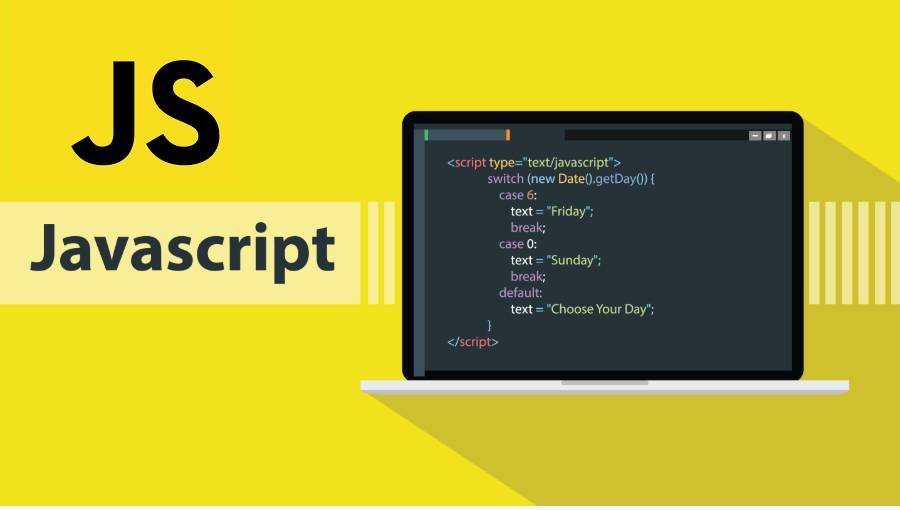
 Juan Galvan
Juan Galvan60 Lectures Beginner Level

 Hùng Nguyễn Thế
Hùng Nguyễn Thế 88 Lectures Beginner Level
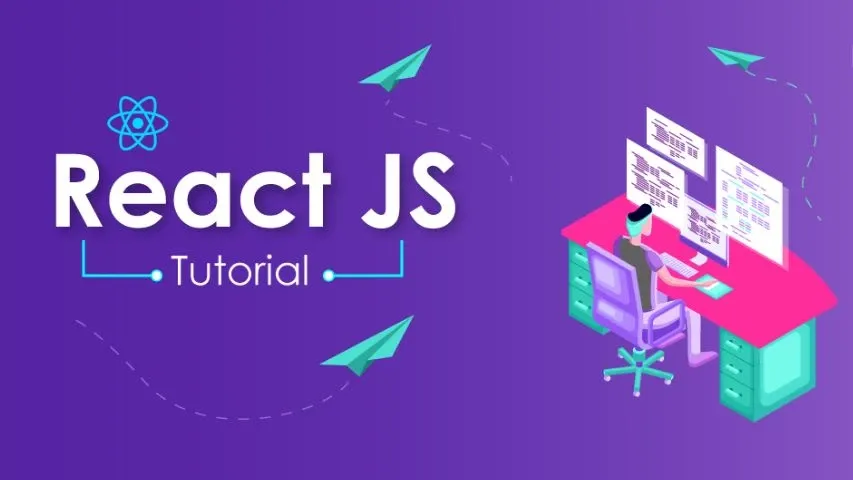
 Hùng Nguyễn Thế
Hùng Nguyễn Thế 13 Lectures Beginner Level

 Aqib Ahmed
Aqib Ahmed26 Lectures Beginner Level

 Ivan Yosifov
Ivan Yosifov7 Lectures Beginner Level
.jpg)
 Senol Atac
Senol Atac71 Lectures Beginner Level

 Shubham Kotwal
Shubham Kotwal26 Lectures Beginner Level

 Senol Atac
Senol Atac69 Lectures Beginner Level
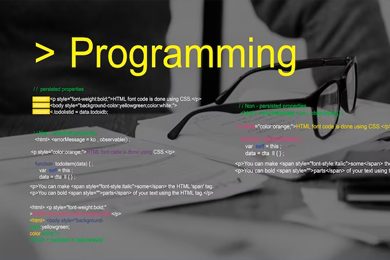
 Senol Atac
Senol Atac53 Lectures Beginner Level
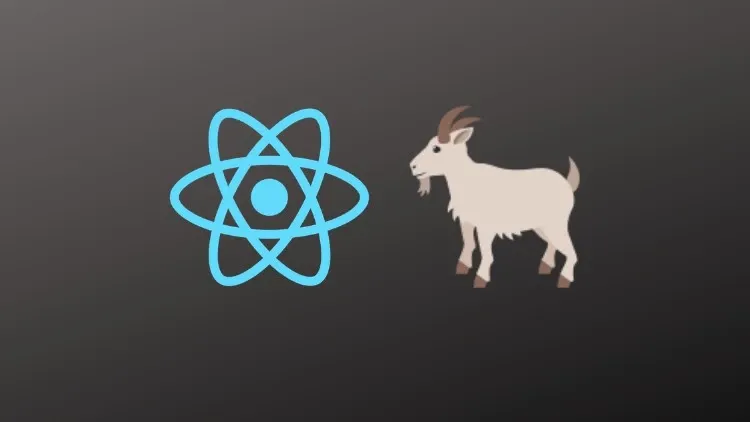
 David Armendariz
David Armendariz21 Lectures Beginner Level
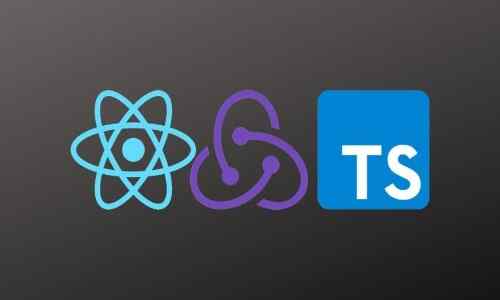
 David Armendariz
David Armendariz53 Lectures Beginner Level

 Bushan SC
Bushan SC77 Lectures Beginner Level

 Senol Atac
Senol Atac61 Lectures Beginner Level

 David Armendariz
David Armendariz41 Lectures Beginner Level

 Chandramouli Jayendran
Chandramouli Jayendran32 Lectures Beginner Level

 Senol Atac
Senol Atac71 Lectures Beginner Level

 Senol Atac
Senol Atac52 Lectures Beginner Level
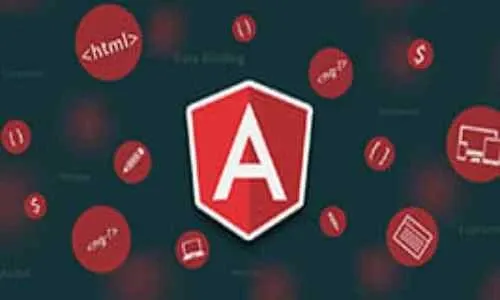
 Alain Chautard
Alain Chautard 11 Lectures Beginner Level

 Sekhar Metla (Microsoft Certified Professional) Sudha
Sekhar Metla (Microsoft Certified Professional) Sudha199 Lectures Beginner Level

 Aatef Jaberi
Aatef Jaberi57 Lectures Beginner Level

 Saujan Man Pradhan
Saujan Man Pradhan7 Lectures Beginner Level
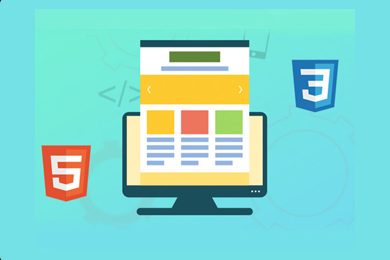
 MD TAFSIRUL HAQUE DANISH
MD TAFSIRUL HAQUE DANISH181 Lectures Beginner Level

 Joseph Delgadillo
Joseph Delgadillo117 Lectures Beginner Level

 Rahul Giri
Rahul Giri14 Lectures Beginner Level
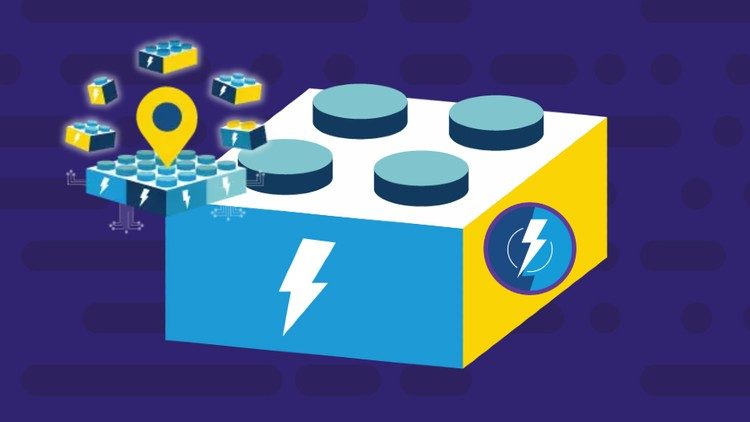
 Manish Choudhari
Manish Choudhari 57 Lectures Beginner Level

 Mohamed Darwish
Mohamed Darwish87 Lectures Beginner Level

 Mustafa Alawi
Mustafa Alawi66 Lectures Beginner Level

 Mustafa Alawi
Mustafa Alawi51 Lectures Beginner Level

 Mustafa Alawi
Mustafa Alawi65 Lectures Beginner Level

 Krystian Czekalski
Krystian Czekalski112 Lectures Beginner Level

 Mohammed Zakari
Mohammed Zakari26 Lectures Beginner Level
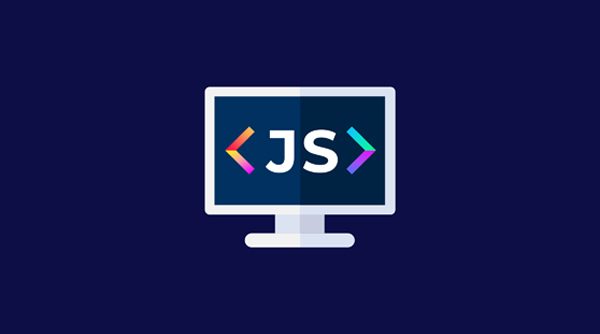
 THE MMZ
THE MMZ14 Lectures Beginner Level

 THE MMZ
THE MMZ7 Lectures Beginner Level

 THE MMZ
THE MMZ12 Lectures Beginner Level
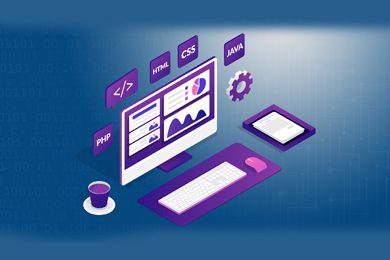
 Tharun Shiv
Tharun Shiv53 Lectures Beginner Level

 mahmoud ahmed
mahmoud ahmed33 Lectures Beginner Level

 mahmoud ahmed
mahmoud ahmed24 Lectures Beginner Level

 mahmoud ahmed
mahmoud ahmed7 Lectures Beginner Level

 Arthur Tkachenko
Arthur Tkachenko21 Lectures Beginner Level

 Juan Galvan
Juan Galvan27 Lectures Beginner Level
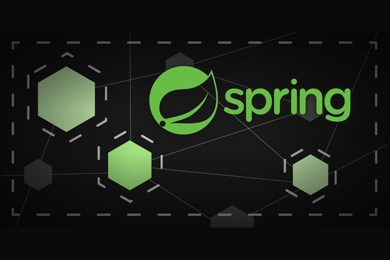
 Ranga Rao
Ranga Rao112 Lectures Beginner Level

 Ranga Rao
Ranga Rao66 Lectures Beginner Level

 Brian Jackson
Brian Jackson33 Lectures Beginner Level

 Brian Jackson
Brian Jackson31 Lectures Beginner Level

 Lior Avital
Lior Avital19 Lectures Beginner Level

 Niyazi Erdogan
Niyazi Erdogan68 Lectures Beginner Level

 Laurence Svekis
Laurence Svekis36 Lectures Beginner Level

 Laurence Svekis
Laurence Svekis13 Lectures Beginner Level

 Vinod Kumar
Vinod Kumar28 Lectures Beginner Level
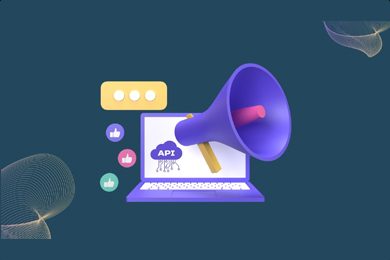
 Laurence Svekis
Laurence Svekis12 Lectures Beginner Level

 Jazeb Akram
Jazeb Akram35 Lectures Beginner Level

 Jazeb Akram
Jazeb Akram28 Lectures Beginner Level

 Rich Armstrong
Rich Armstrong15 Lectures Beginner Level

 Rich Armstrong
Rich Armstrong27 Lectures Beginner Level

 Laurence Svekis
Laurence Svekis8 Lectures Beginner Level

 Laurence Svekis
Laurence Svekis64 Lectures Beginner Level

 Laurence Svekis
Laurence Svekis31 Lectures Beginner Level

 Laurence Svekis
Laurence Svekis23 Lectures Beginner Level
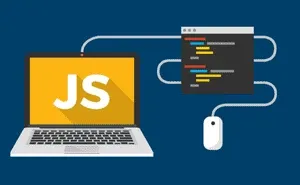
 Laurence Svekis
Laurence Svekis46 Lectures Beginner Level
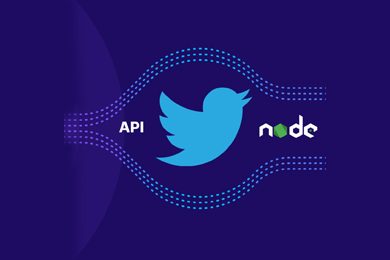
 Laurence Svekis
Laurence Svekis12 Lectures Beginner Level

 Laurence Svekis
Laurence Svekis9 Lectures Beginner Level
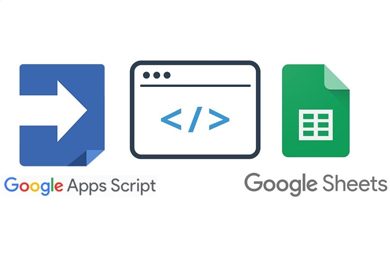
 Laurence Svekis
Laurence Svekis16 Lectures Beginner Level
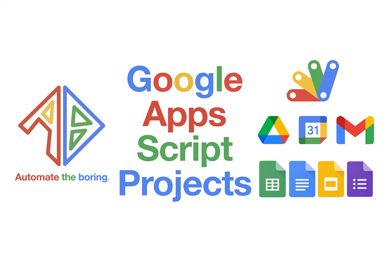
 Laurence Svekis
Laurence Svekis50 Lectures Beginner Level

 Ali Hesari
Ali Hesari27 Lectures Beginner Level
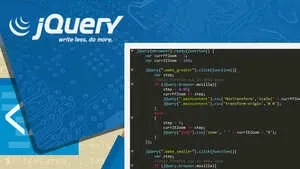
 Sandip Bhattacharya
Sandip Bhattacharya15 Lectures Beginner Level

 Anto Aravinth Rayen
Anto Aravinth Rayen25 Lectures Beginner Level
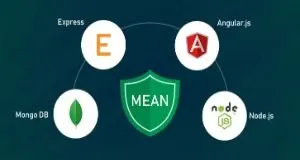
 Haider Malik
Haider Malik289 Lectures Beginner Level

 Haider Malik
Haider Malik74 Lectures Beginner Level

 Harshit Srivastava
Harshit Srivastava14 Lectures Beginner Level

 Paul Carlo Tordecilla
Paul Carlo Tordecilla28 Lectures Beginner Level

 Paul Carlo Tordecilla
Paul Carlo Tordecilla23 Lectures Beginner Level

 Harshit Srivastava
Harshit Srivastava15 Lectures Beginner Level

 Paul Carlo Tordecilla
Paul Carlo Tordecilla124 Lectures Beginner Level
Ajax, which stands for Asynchronous JavaScript and XML, is a set of web development techniques that allows web pages to communicate with a server asynchronously. It enables the updating of parts of a web page without requiring a full page reload, leading to a more dynamic and responsive user experience.
Using Ajax is beneficial for creating interactive and seamless web applications. It enables data to be fetched from a server in the background without refreshing the entire page. This results in faster and more efficient user interactions, as only specific portions of the page are updated.
Ajax works by making asynchronous requests to a server using JavaScript and handling the server's response without requiring a full page reload. It uses the XMLHttpRequest object or the more modern Fetch API to send and receive data in the background. The received data can then be dynamically updated on the webpage.
Key elements in Ajax development include understanding the XMLHttpRequest object or Fetch API, handling asynchronous requests and responses, and updating the DOM (Document Object Model) dynamically based on the data retrieved from the server. Developers often use callbacks or promises to manage asynchronous behavior.
Yes, Ajax is accessible to web developers with a good understanding of JavaScript and the DOM. While it has been traditionally associated with XML, modern Ajax implementations often work with JSON (JavaScript Object Notation) for data exchange. Many JavaScript frameworks, like jQuery or Axios, simplify Ajax implementation and make it more accessible to developers at various skill levels.





